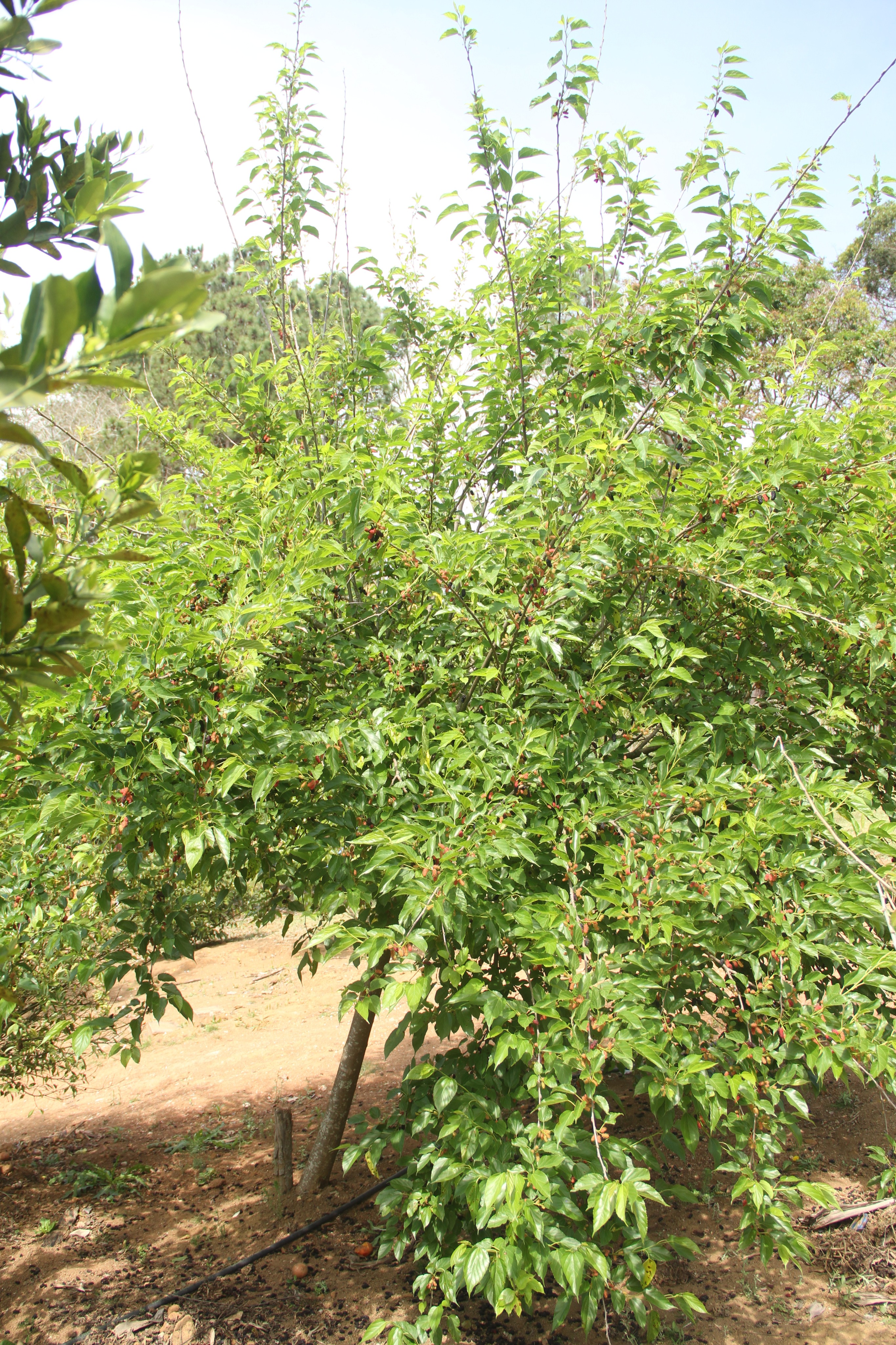It’s the berries!
If you’ve never ventured into growing your own berries, what are you waiting for? They’re easy to grow, maintain and harvest, and having your own stock on hand is a good sight cheaper than buying them from a store. Here’s our guide to growing healthy, juicy, tasty berries.
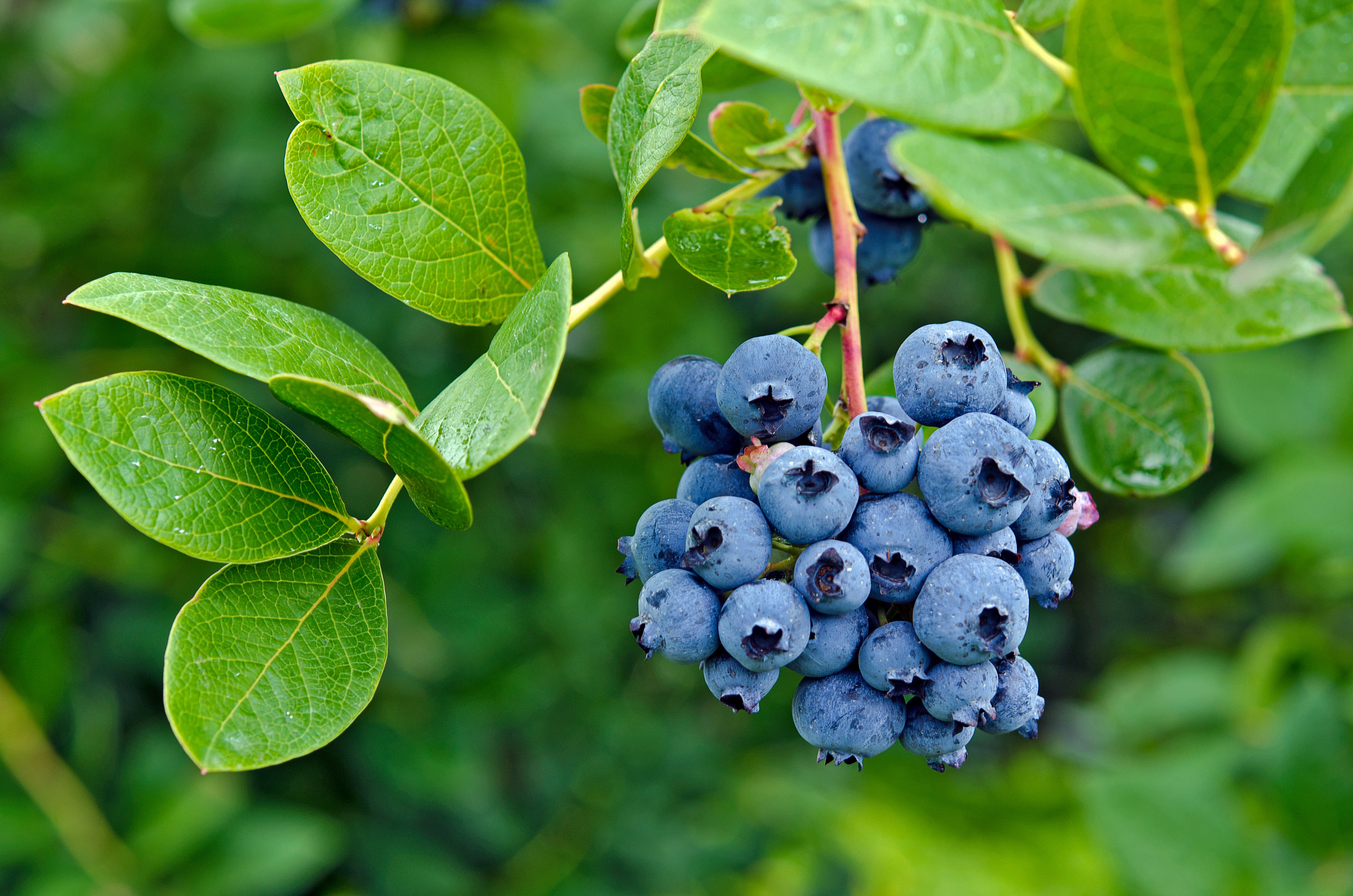
Blueberries
Blueberries have grown enormously in popularity and if you’ve recently bought a tub from a supermarket or farm stall, you’ll know they’re not cheap. Growing them, however, is pretty inexpensive and probably much easier than you think.
Soil: Well-drained and acidic, with a pH of between 4 and 5. To increase the acidity, you could add granulated sulphur, peat moss, pine needles and/or compost. Do not add manure, as this may be too rich and damage the roots.
Position: Like most berry plants, blueberries like full sun and to be sheltered from harsh wind.
Planting: Space 1 - 1.5m apart and try not to plant them too near to trees that could throw shade over them. To plant, dig a hole about 50cm deep and 50cm wide, add your organic matter and prepare the soil. Place the bush in the hole, gently spreading out the roots, cover with your prepared soil and pack fairly tightly before mulching.
Water: Water every few days (unless you’ve had rain) and don’t allow the roots to dry out or become waterlogged.
You will only need to prune after two or three years, which is around the time it will start producing an abundance of berries. To harvest, wait for the berries to turn blue, and then wait a few more days. Give a gentle tug to test – the berries are ready to be picked when they come off the stem very easily, without any resistance.
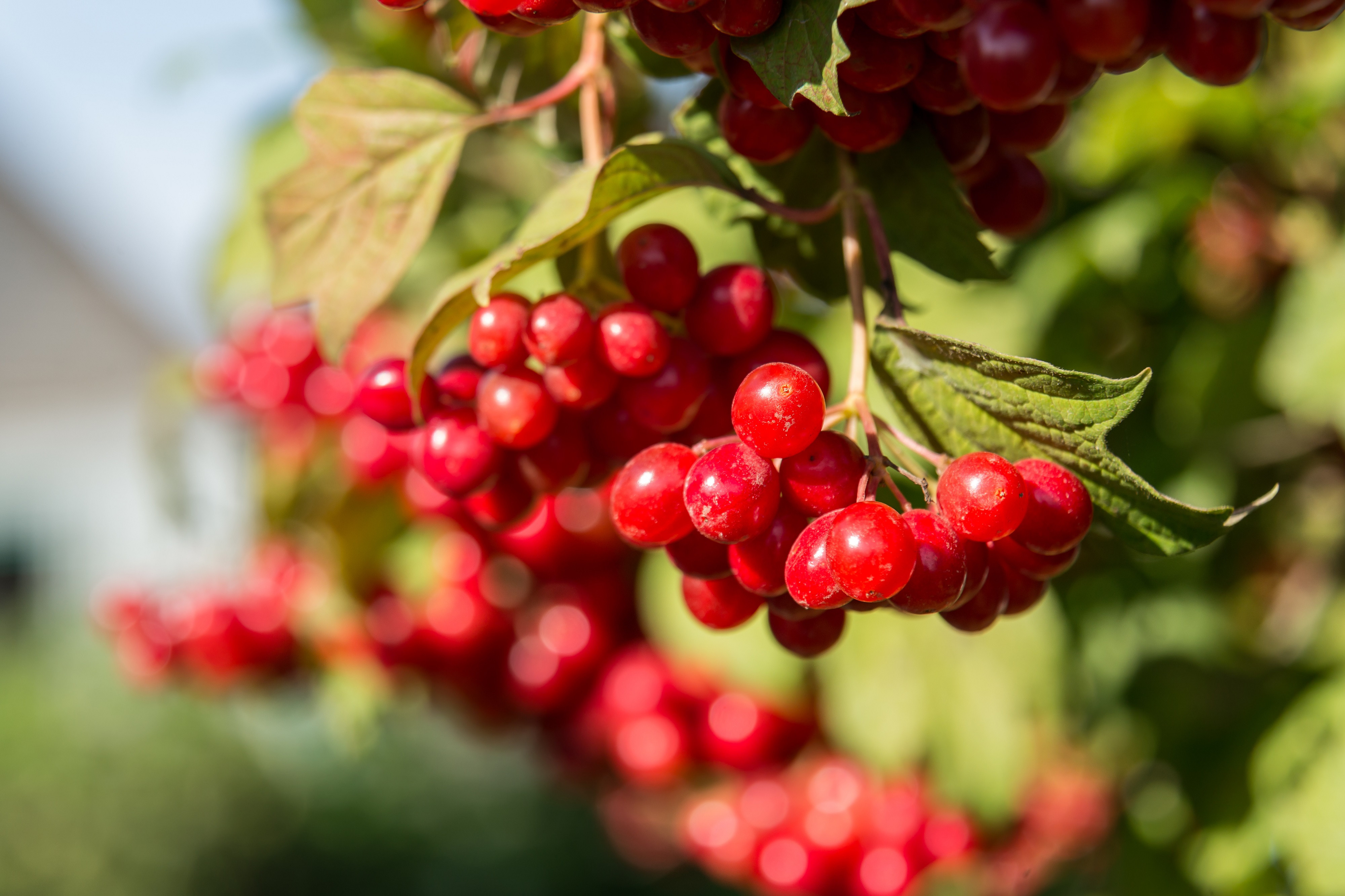
Cranberries
Cranberries are from the same family as blueberries and thrive in the same well-drained, acidic soil and plenty of sunlight. They are more of a flat spreading plant, though, like strawberries, and prefer to grow directly in beds, where they can spread freely. Don’t let the roots dry out.
Feed: Give a water-soluble, acid plant food once a month to promote prolific fruiting.
Pruning: Light pruning from the third year onwards, to encourage a more upright growth.
Time to fruiting: 3 years
Cape Gooseberries
This is a straggling, upright bushy shrub that can grow up to 1.8m tall. It produces a little yellow berry inside a brown papery “Chinese lantern”, called a husk. The berries are an excellent source of vitamin C, vitamin A and B1, B5, and B6, as well as calcium, magnesium and potassium. They have a unique tart, yet sweet flavour, making them ideal for desserts, fruit salads, sweet tarts and pies.
Soil: A loamy to sandy soil is preferred, with a pH level of 5.5 – 7.0. Plenty of organic matter can be worked into the soil to prepare for planting. Be careful of too much high-nitrogen fertiliser, as this will result in more leaves than fruit.
Position: The Cape Gooseberry plant does best in full sun, although it does tolerate semi-shade.
Water: The plant needs consistent watering for a bountiful crop, but does not tolerate water logging. If drainage is a problem, plant on a gentle slope or in raised beds.
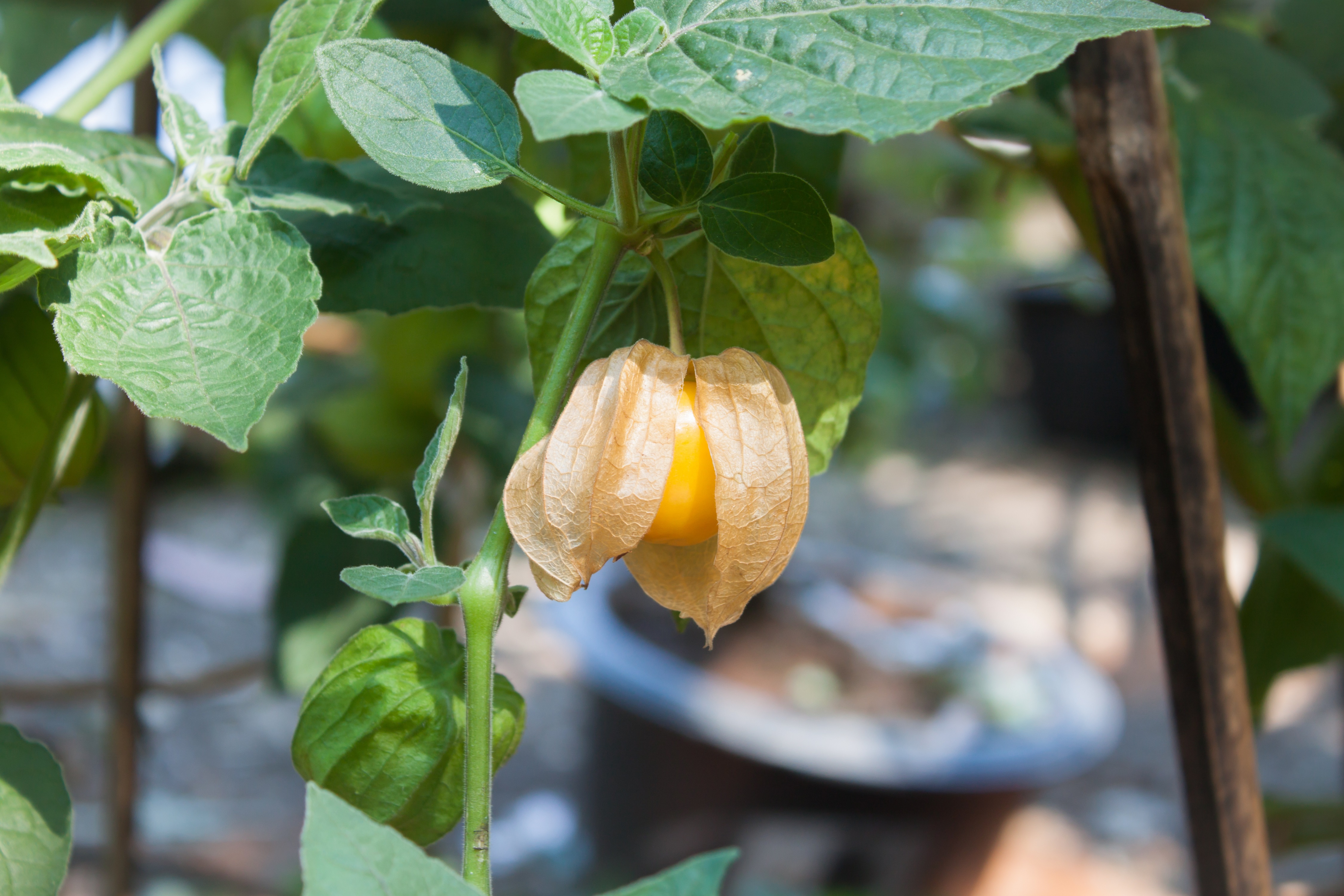
Goji Berries
Goji berries are considered a super fruit, because they’re packed full of vitamin C, other vitamins, riboflavin, protein and selenium. The berries grow on a rambling shrub that is quite tolerant to cold, heat and drought.
Soil: They prefer a more alkaline and sandy soil than most other berries. Add agricultural lime to the planting hole when planting.
Planting: Plants should be spaced 1m apart and staked for the first two years to provide support. Keep moist until well-established.
Time to fruiting: 2 years
Pruning: Occasional pruning is needed to promote new growth and production. Cut out all dead branches as they appear.
Strawberries
Strawberries are super easy to grow, and a delight to enjoy fresh, whether as decoration on a cake, in a fruit salad, or in a savoury salad – not to mention good old-fashioned strawberry jam.
Soil: Well-drained, slightly acidic, rich soil with compost dug in.
Position: Sunny preferred, although they will grow in partial shade.
Feeding: In early spring, and again in Autumn, top dress established plants with rich compost.
When harvesting, pick your ripe fruits in the morning, when they are cool. Give a cool rinse before eating. Slugs can be deterred with straw mulch, and you can use empty jam jars or netting to protect your ripening berries from birds.
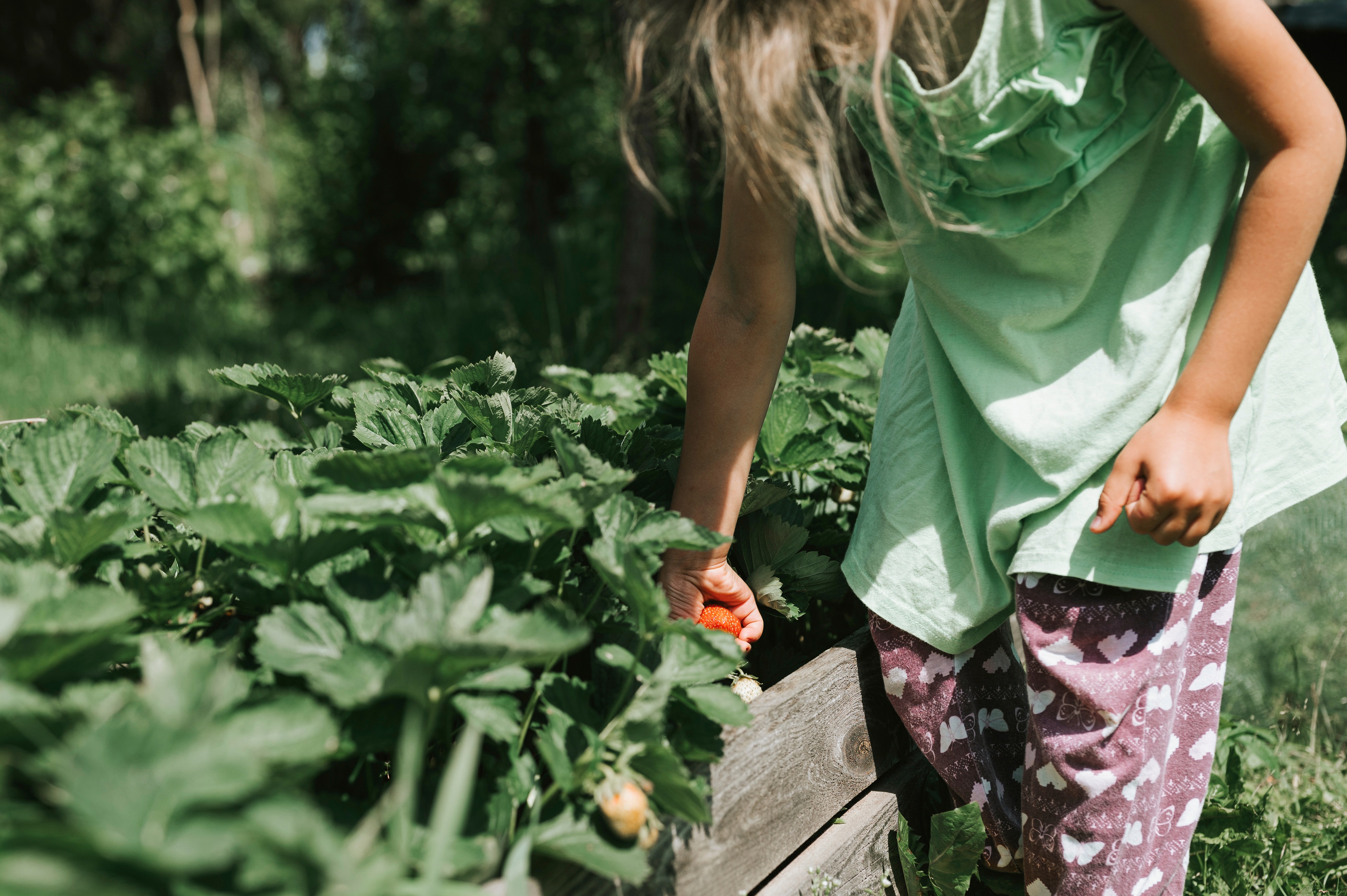
Blackberries and Raspberries
The term ‘brambles’ refers to blackberries or raspberries, which are the two main sub-genera in the Rosaceae family.
What distinguishes the blackberry from its raspberry relatives is whether the torus (the stem) stays with the fruit when the fruit is picked. The torus stays with the blackberry fruit, while with a raspberry, the torus remains on the plant, leaving a hollow core in the fruit.
Soil:
They like well-drained acidic soil, with a pH of 5.5 – 6.2 and do not tolerate wet feet.
Location: Full sun is highly preferable, but semi-shade will do.
On some varieties, berries are produced on the first year’s growth. On others, leafy canes grow up to 5m long during the first year, with the fruit-bearing side branches developing in the second year only. The berries will begin to form in early summer and are ready to eat when they can be easily pulled from the bush.
In South Africa, fruiting plants are far more readily available than ever before and are a really easy addition to your food garden. All the berries mentioned here can be eaten raw or made into jellies, syrups and jams. They can be used to flavour vinegar, turned into delicious berry compote for desserts, used to make iced tea, used in “American Pie” or added to smoothies for colour, sweetness and vitamins and antioxidants.


